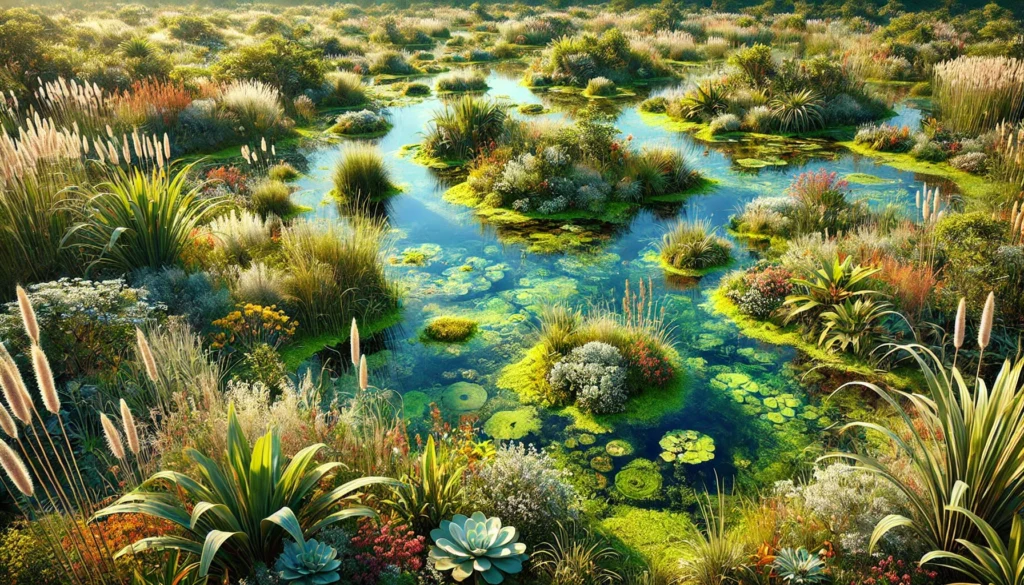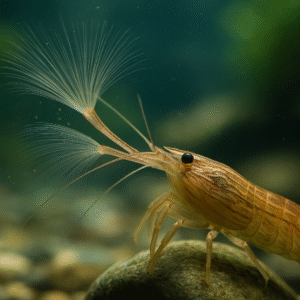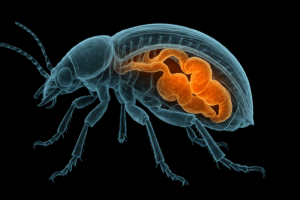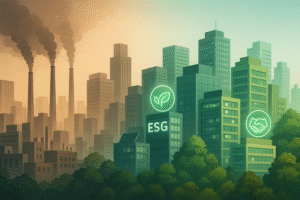Fun Fact: Did you know that wetlands are often referred to as “nature’s kidneys” because of their ability to filter pollutants from water?
Wetlands play an extraordinary role in the ecosystem, serving as critical habitats for wildlife while also acting as natural filters for our water supply. From marshes to swamps and bogs, these rich ecosystems not only support countless species but also help purify water, protecting both human and animal populations. In this blog, we’ll explore the importance of wetlands for biodiversity and water purification and why it’s crucial to protect these invaluable natural resources.
Why Wetlands Matter
Wetlands are among the most productive ecosystems in the world, comparable to rainforests and coral reefs in their ability to support life. Covering only about 6% of the Earth’s surface, wetlands are home to a staggering 40% of the world’s species, making them a key player in maintaining global biodiversity. Whether it’s birds, amphibians, fish, or plants, wetlands provide essential habitats for species that depend on specific environmental conditions to thrive.
However, wetlands don’t just stop at supporting life. They also serve as natural water filters. As water moves through the wetland, plants and soil absorb and break down harmful pollutants like heavy metals, pesticides, and excess nutrients. This natural process significantly improves the quality of the water that eventually enters our rivers, lakes, and oceans.

Wetlands and Biodiversity: A Haven for Wildlife
Wetlands are incredibly diverse ecosystems, and the species they support are just as varied. From the tiny microorganisms living in the mud to large mammals like beavers and otters, wetlands are teeming with life.
Take the Sundarbans, for example, a vast mangrove forest shared between India and Bangladesh. This wetland is home to the famous Bengal tiger and numerous species of fish, birds, and reptiles. Without the wetlands, many of these species would face extinction.
In fact, many migratory birds rely on wetlands for breeding, nesting, and feeding. Wetlands along migratory routes provide critical stopover points for these birds to rest and refuel. Loss of wetlands due to human activities, such as urbanization and agriculture, has led to significant declines in bird populations worldwide.
A Closer Look: Case Study of the Ramsar Sites in India
India has recognized the significance of wetlands by designating numerous Ramsar sites, wetlands of international importance, to ensure their protection. For example, the Keoladeo National Park in Rajasthan, a man-made wetland, supports over 370 species of birds. This park holds the prestigious status of a UNESCO World Heritage site and serves as a crucial resting point for migratory birds travelling vast distances, including from Siberia.
Another prime example is the Chilika Lake in Odisha, Asia’s largest brackish water lagoon. Chilika is home to a wide variety of fish, birds, and other aquatic life, making it a biodiversity hotspot. Such protected areas highlight the role wetlands play in preserving biodiversity and supporting local communities through eco-tourism and fishing industries.
Wetlands as Natural Water Purifiers
In addition to their role in biodiversity, wetlands act as natural water purification systems. Wetlands can trap sediments, absorb pollutants, and filter water as it moves through them, ultimately improving the water quality in surrounding areas.
A real-world example of this is the Florida Everglades, a vast network of wetlands that helps filter water flowing into southern Florida’s aquifers. Without these wetlands, millions of people in the region would face serious water quality issues. The Everglades act as a sponge, absorbing excess nutrients and contaminants that would otherwise end up in the water supply.
In India, the East Kolkata Wetlands are a shining example of how wetlands can serve a dual purpose. This wetland ecosystem, located near Kolkata, is used to treat wastewater from the city. Through a natural process, these wetlands filter out pollutants, breaking down waste and providing clean water for irrigation in surrounding farms. This sustainable approach not only reduces the need for costly water treatment plants but also supports local agriculture.
Threats to Wetlands: What’s at Stake?
Despite their importance, wetlands are under constant threat. Industrial pollution, urbanization, and climate change have led to the destruction of wetlands at an alarming rate. It is estimated that nearly 50% of the world’s wetlands have been lost in the past century. This is not only devastating for biodiversity but also for water quality and human livelihoods.
One of the major threats to wetlands is drainage for agricultural purposes. As the global population grows, the demand for land to grow crops increases, leading to the destruction of wetlands to make room for agriculture. This is a significant problem in India, where wetlands are being drained or converted to farmland at a rapid rate.
Wetland degradation also exacerbates climate change. Wetlands act as carbon sinks, absorbing large amounts of carbon dioxide from the atmosphere. When wetlands are drained or destroyed, that stored carbon is released back into the atmosphere, contributing to global warming.
Protecting Our Wetlands: A Call to Action
So, what can be done to protect wetlands? Conservation efforts are critical. Wetland conservation is a shared responsibility, with governments, organizations, and individuals all contributing to their protection. Protecting and restoring wetlands can help mitigate the impacts of climate change, protect water quality, and conserve biodiversity.
Supporting policies that safeguard wetlands, such as the Ramsar Convention, is essential. Community-led conservation initiatives also have the potential to make a difference. For example, in Gujarat, the Nalsarovar Bird Sanctuary is actively protected by local communities, who work to ensure that the wetland remains a safe habitat for migratory birds.
Moreover, individuals can contribute by supporting eco-friendly practices, reducing pollution, and participating in conservation projects. Simple actions, like minimizing water waste and reducing the use of pesticides, can have a big impact.
Conclusion
Wetlands are irreplaceable ecosystems that contribute to both biodiversity and water purification. Their role as natural water filters, along with their ability to support a wide variety of species, makes them essential to the health of the planet. Yet, they are under threat, and we must act to protect them. By recognizing the significance of wetlands and actively working to protect them, we can help maintain these essential ecosystems and their benefits for future generations.
Author’s Note:
As someone passionate about environmental conservation, I hope this blog has sparked an interest in the incredible importance of wetlands. Protecting these ecosystems is not just the job of governments but a collective responsibility that involves all of us.
G.C., Ecosociosphere contributor.
References and Further Reading:
- Ramsar Convention on Wetlands
- Celebrating World Wetlands Day. https://www.freetheocean.com/journal/celebrating-world-wetlands-day-a-tribute-to-earths-aquatic-treasures/
- Masnan, F., Esquivias, M., & Esquivias, M. (2022). The Impacts of Energy Use, Tourism and Foreign Workers on CO<sub>2</sub> Emissions in Malaysia. Sustainability, 14(4), 2461.
- How does deforestation cause soil erosion | Sabkuchh.com. https://sabkuchh.com/how-does-deforestation-cause-soil-erosion/





Comments
you are really a good webmaster. The web site loading speed is amazing. It seems that you are doing any unique trick. Furthermore, The contents are masterwork. you have done a fantastic job on this topic!